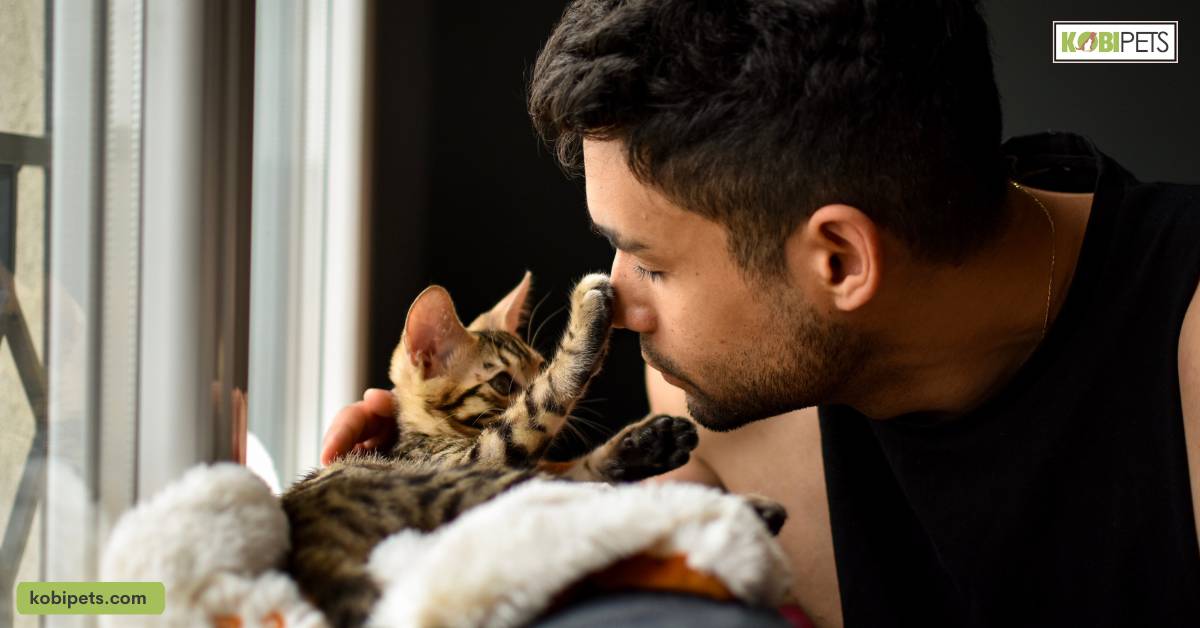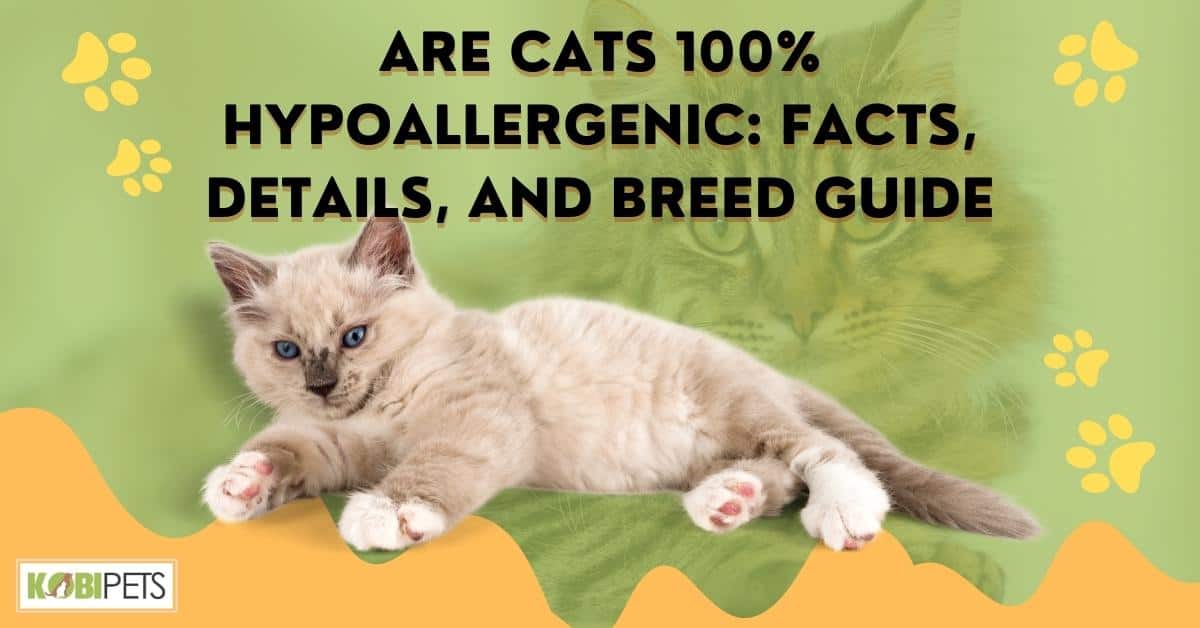
Cat owners know that the affectionate inquisitiveness of cats can make them a pleasant presence in the home. Unfortunately, some pet lovers can’t experience this joy due to allergies they suffer.
To answer this question, no, cats are not 100% hypoallergenic. While some cat breeds are known to produce fewer allergens than others, no cat breed is completely hypoallergenic, and individual cats within a breed can still produce varying levels of allergens.
What Does Hypoallergenic Mean?
The term “hypoallergenic” is often used in reference to animals, particularly pets, to indicate that they are less likely to cause an allergic reaction.
The word “hypoallergenic” comes from the Greek prefix “hypo,” meaning “less than,” and “allergenic,” meaning “causing an allergic reaction.”
The idea behind hypoallergenic pets is that they produce fewer allergens, the substances that trigger allergies in susceptible individuals. Allergens are typically proteins found in an animal’s skin cells, saliva, urine, or dander (tiny flakes of skin that are shed by animals).
Hypoallergenic animals are not completely allergen-free, but they do produce fewer allergens than other animals. This can be helpful for people who have allergies but still want to have a pet in their home.
However, it is important to note that no pet is completely hypoallergenic, and some people may still experience an allergic reaction, even to a hypoallergenic pet.
It is also important to note that the term “hypoallergenic” is not regulated by any government agency, and there is no standardized definition of what it means. Some breeders or pet companies may use the term to market their animals, even if they are not truly hypoallergenic.
Therefore, it is important to do your research and talk to a doctor or allergist before choosing a pet if you have allergies.

Are Cats Hypoallergenic?
The short answer is no, cats are not hypoallergenic. However, some cats produce fewer allergens than others, making them a better choice for people with allergies.
It is important to note that the degree to which a person may be allergic to a cat can vary widely depending on the individual and the specific cat.
The primary allergen in cats is a protein called Fel d 1, which is found in the saliva, skin, and urine of cats. When cats groom themselves, they spread this protein throughout their fur and into the environment.
When people come into contact with the allergen, they may experience a range of symptoms, including sneezing, runny nose, itchy eyes, and skin rashes.
Some breeds of cats are said to produce fewer allergens than others, but this is not a guarantee that an individual with allergies will not react to them. Some of the cats breeds that are often considered to be hypoallergenic or low-allergen include:
- Siberian
- Balinese
- Devon Rex
- Cornish Rex
- Sphynx
It is important to note that while these breeds may produce fewer allergens than other cats, they still produce Fel d 1, and people with severe allergies may still react to them.
Additionally, individual cats within a breed may produce more or less of the allergen, so it is important to spend time with a cat before bringing them into your home if you have allergies.
Finally, it is worth noting that there are some products on the market that claim to reduce or eliminate cat allergens, such as air filters and special shampoos.
While these products may help to some extent, they are not a substitute for spending time with a cat and determining whether or not you can tolerate their presence in your home.
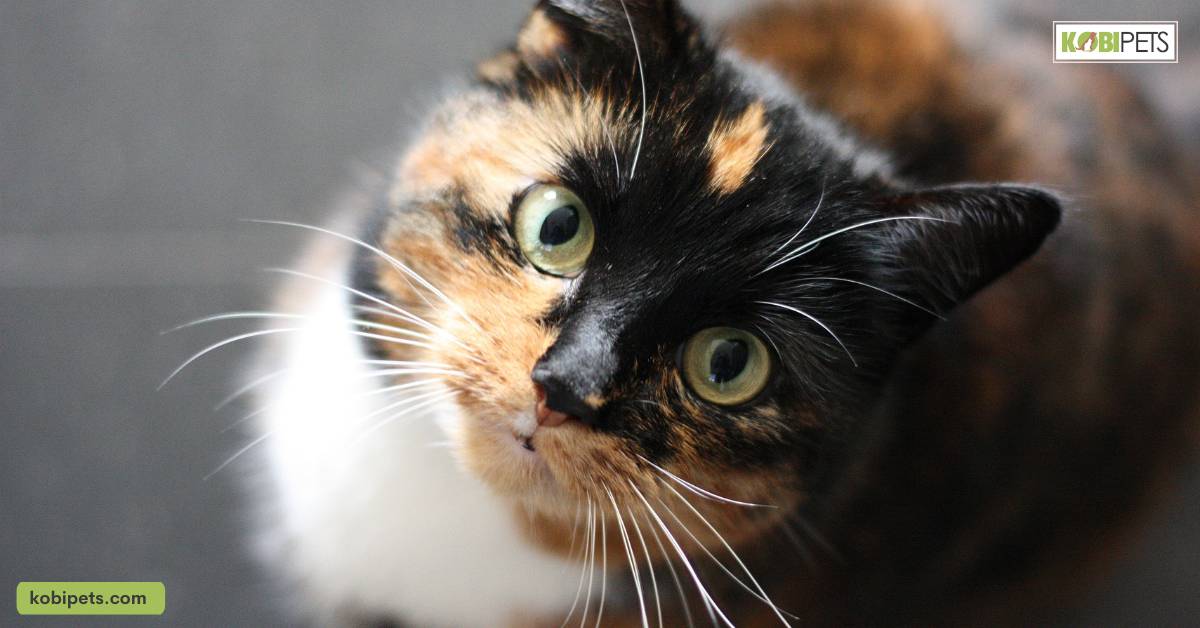
Factors that Contribute to Allergies
Allergies are an overreaction of the immune system to a certain allergen, which is usually harmless. Common allergens include pollen, dust mites, mold, and insect stings. Allergy symptoms can range from mild discomfort to severe reactions that require medical attention.
Knowing the factors that contribute to allergies can help people better manage their symptoms and prevent future allergic reactions.
One factor that contributes to allergies is genetics. People who have a family history of allergies are more likely to develop them themselves.
Additionally, environmental factors such as exposure to pet dander or air pollution can increase the risk of developing allergies.
Another factor that contributes to allergies is age. Children are more likely than adults to develop allergies because their immune systems are still developing and may be more sensitive than those of adults.
Children may be exposed to allergens in different ways than adults, such as through contact with pets or playing outdoors where they could come into contact with pollen or other allergens in the environment.
Finally, lifestyle factors such as diet and stress levels can also contribute to allergies. Eating a balanced diet rich in fruits and vegetables can help reduce inflammation in the body which can lead to fewer allergy symptoms.
Managing stress levels through relaxation techniques or exercise can help reduce inflammation and improve overall health which may reduce allergy symptoms as well.
By understanding the factors that contribute to allergies, people can take steps toward preventing future allergic reactions and managing existing ones more effectively.
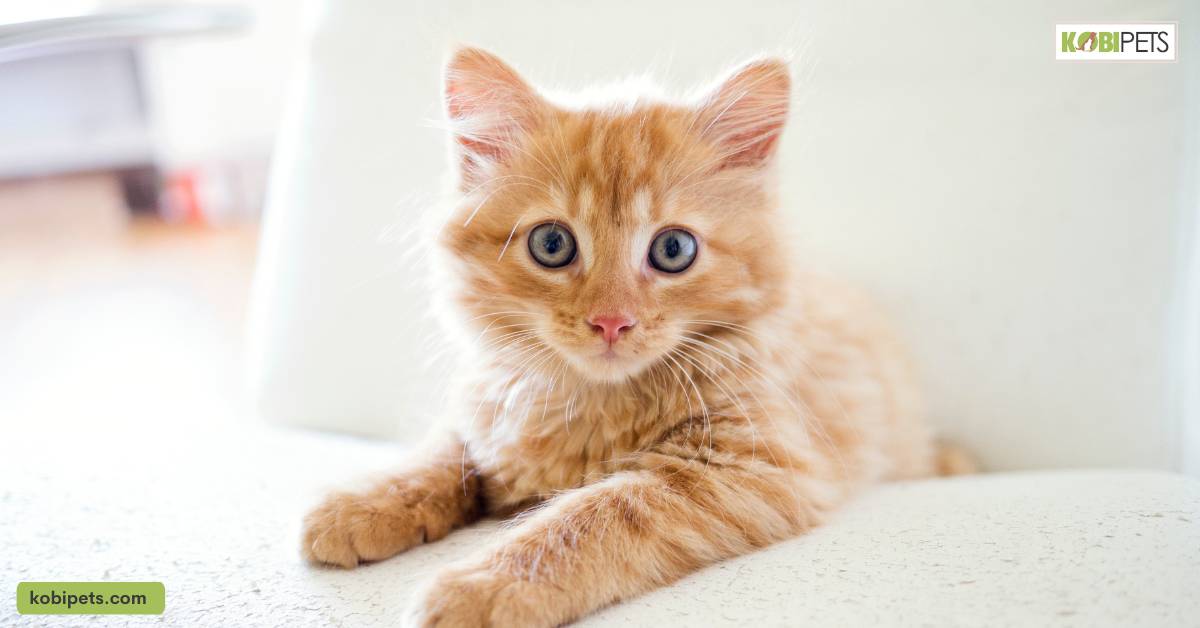
Cat Breeds that are Hypoallergenic
While no cat breed is completely hypoallergenic, there are some breeds that are known to produce fewer allergens than others. These breeds are often marketed as “hypoallergenic” or “low-allergen,” but it is important to note that individual cats within a breed can still produce varying levels of allergens.
Here are a few cat breeds that are often considered to be hypoallergenic:
- Siberian: The Siberian cat is a large, fluffy breed that is known for producing lower levels of Fel d 1, the primary cat allergen. Some people with allergies have reported being able to live comfortably with Siberian cats.
- Balinese: The Balinese cat is a long-haired breed that is closely related to the Siamese. Like the Siamese, the Balinese is known for producing less Fel d 1 than other breeds of cats.
- Devon Rex: The Devon Rex is a curly-haired breed that is often recommended for people with allergies. Because of their unique hair type, Devon Rex cats are said to produce less dander than other breeds.
- Cornish Rex: Like the Devon Rex, the Cornish Rex is a curly-haired breed that produces less dander than other cats. They are also known for being social and affectionate pets.
- Sphynx: The Sphynx is a hairless breed that is often recommended for people with allergies. Because they have no fur to shed, they produce less dander than other cats.
It is important to note that while these breeds may be better for people with allergies, it is still possible to react to individual cats within a breed. Before bringing a cat into your home, it is important to spend time with the cat to see if you have an allergic reaction.
Additionally, there are no guarantees that any cat will be completely hypoallergenic, so it is important to talk to a doctor or allergist if you have concerns about living with a cat.
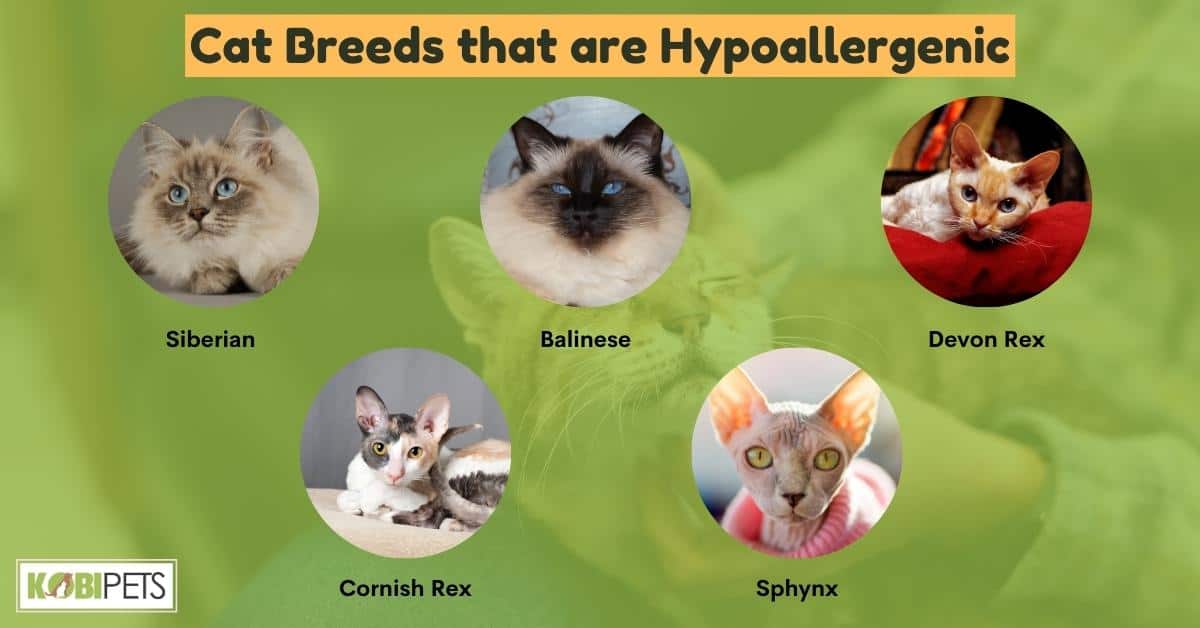
Cat Breeds that are Hypoallergenic
Factors to Consider Before Choosing a Hypoallergenic Cat
Are you considering getting a hypoallergenic cat? If so, there are several factors to consider before making the decision.
First, it’s important to understand that there is no such thing as a truly hypoallergenic cat. All cats produce allergens, but some breeds produce fewer allergens than others. These cats are referred to as “hypoallergenic” because they may be less likely to cause an allergic reaction in people who are sensitive to pet dander.
When choosing a hypoallergenic cat, it’s important to research the different breeds and their characteristics. Some of the most popular hypoallergenic breeds include Balinese, Siberian, Oriental Shorthair, Devon Rex, Cornish Rex, Javanese, Burmese, Bengal, Russian Blue, and Sphynx.
Each breed has its own unique traits and personalities that should be taken into consideration when selecting a pet.
In addition to researching the different breeds of cats available, it’s also important to consider your lifestyle and living situation when selecting a pet. Hypoallergenic cats require regular grooming and may need more attention than other breeds of cats.
It’s also important to make sure that you have enough space for your new pet and that you can provide them with proper care and nutrition.
Finally, it’s important to remember that all cats need love and attention from their owners in order to thrive.
When selecting a hypoallergenic cat breed, make sure that you are prepared for the commitment involved in caring for your new pet.

Tips for Living with a Cat Allergy
Living with a cat allergy can be challenging, but it doesn’t have to be impossible. There are steps you can take to reduce your symptoms and make living with a cat allergy more manageable.
One of the most important things you can do is keep your home clean. Wipe down smooth surfaces regularly and use a vacuum with a filter to help remove allergens from the air.
Additionally, keeping cats out of your bedroom will help reduce your exposure to allergens while you sleep.
Medication can also help reduce symptoms associated with cat allergies.
Over-the-counter or prescription antihistamines, decongestants, eye drops, and aerosol inhalers can all help reduce the severity of your symptoms.
It’s also important to keep cats clean by brushing them regularly and bathing them occasionally. This will help remove dander that may trigger an allergic reaction in some people.
Finally, if possible, try to limit contact between yourself and the cat by having someone else handle them when necessary.
By following these tips for living with a cat allergy, you’ll be able to manage your symptoms more effectively and enjoy life with your furry friend!
